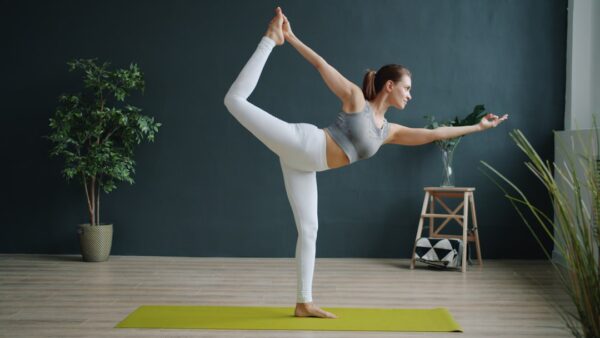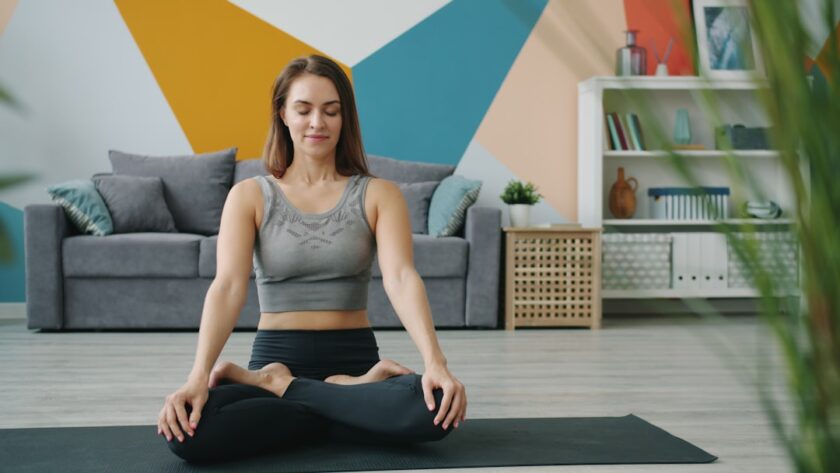Introduction to Yoga
Yoga is a holistic practice that combines physical postures, breath control, meditation, and ethical principles. Engaging in yoga can lead to improved well-being, stress relief, and enhanced flexibility. For beginners, starting this journey might seem daunting, but this guide will help you ease into yoga comfortably.
Benefits of Yoga for Beginners
- Improves flexibility and strength
- Enhances mental clarity and focus
- Reduces stress and promotes relaxation
- Boosts overall health and wellness
- Encourages mindfulness practice
Basic Yoga Poses for Beginners
Starting with foundational poses is crucial. Here are some essential yoga poses suitable for beginners:
1. Mountain Pose (Tadasana)
This pose helps improve posture and balance.
How to do it:
- Stand tall with your feet together, arms by your sides.
- Roots your feet into the ground and engage your thighs.
- Lift your chest and reach your arms overhead, palms facing each other.
- Hold for 5-10 breaths.
2. Downward-Facing Dog (Adho Mukha Svanasana)
This pose stretches the entire body and builds strength.
How to do it:
- Start on your hands and knees, with wrists aligned under shoulders.
- Spread your fingers wide and tuck your toes.
- Lift your hips up and back, straightening your legs as much as possible.
- Hold for 5-10 breaths, relaxing your neck and shoulders.
3. Child’s Pose (Balasana)
A restful pose that provides a gentle stretch for the back.
How to do it:
- Kneel on the floor and sit back on your heels.
- Fold forward, extending your arms in front of you or keeping them by your sides.
- Rest your forehead on the mat, breathing deeply.
- Hold for several breaths.
4. Warrior I (Virabhadrasana I)
This pose builds strength and stamina.
How to do it:
- Step your left foot back and bend your right knee.
- Keep your left leg straight and point your toes slightly outwards.
- Raise your arms overhead, palms together or facing each other.
- Hold for 5-10 breaths before switching sides.
5. Cat-Cow Stretch (Marjaryasana-Bitilasana)
This gentle flow warms up the spine and relieves tension.
How to do it:
- Start on your hands and knees in a tabletop position.
- Inhale, arch your back, and lift your head and tailbone (Cow).
- Exhale, round your spine, and tuck your chin to your chest (Cat).
- Repeat several times, moving with your breath.
Getting Started: Tips for Beginners
- Find a Quiet Space: Choose a calming environment free from distractions.
- Use a Yoga Mat: A non-slip mat provides support and comfort.
- Wear Comfortable Clothing: Opt for breathable, stretchy fabrics that allow movement.
- Start Slow: Focus on a few poses each session and gradually increase your practice.
- Listen to Your Body: Go at your own pace; avoid pushing into pain.
Creating a Beginner’s Yoga Routine
Crafting a personal routine can enhance your yoga practice. Here’s a simple sequence to try:
- Start in Mountain Pose for grounding.
- Flow into Downward-Facing Dog to stretch.
- Move to Child’s Pose for a quick rest.
- Transition into Warrior I for strength.
- Finish with Cat-Cow Stretch to cool down.
When to Practice Yoga
While any time is great for yoga, consider these tips to find your ideal practice schedule:
- Morning: Starting the day with yoga can energize and set a positive tone.
- Evening: Practicing before bed can help unwind and promote restful sleep.
- Whenever You Can: Even short sessions are beneficial; aim for consistency over duration.
Conclusion
Yoga is a journey, not a destination. For beginners, starting with a few simple poses and building a routine can establish a rewarding practice. With patience and consistency, you can enjoy the numerous benefits yoga has to offer. Start your yoga journey today and remember to have fun while exploring your practice!



